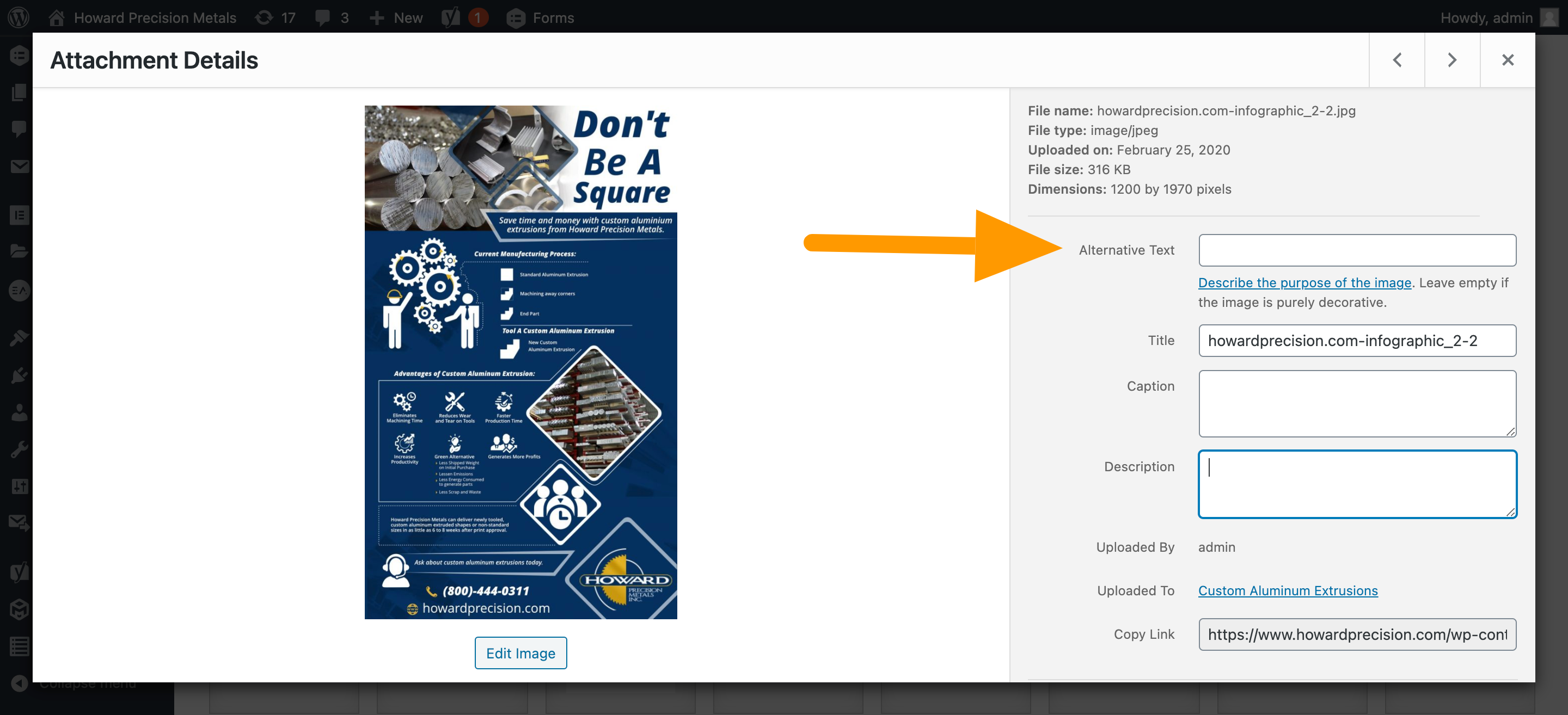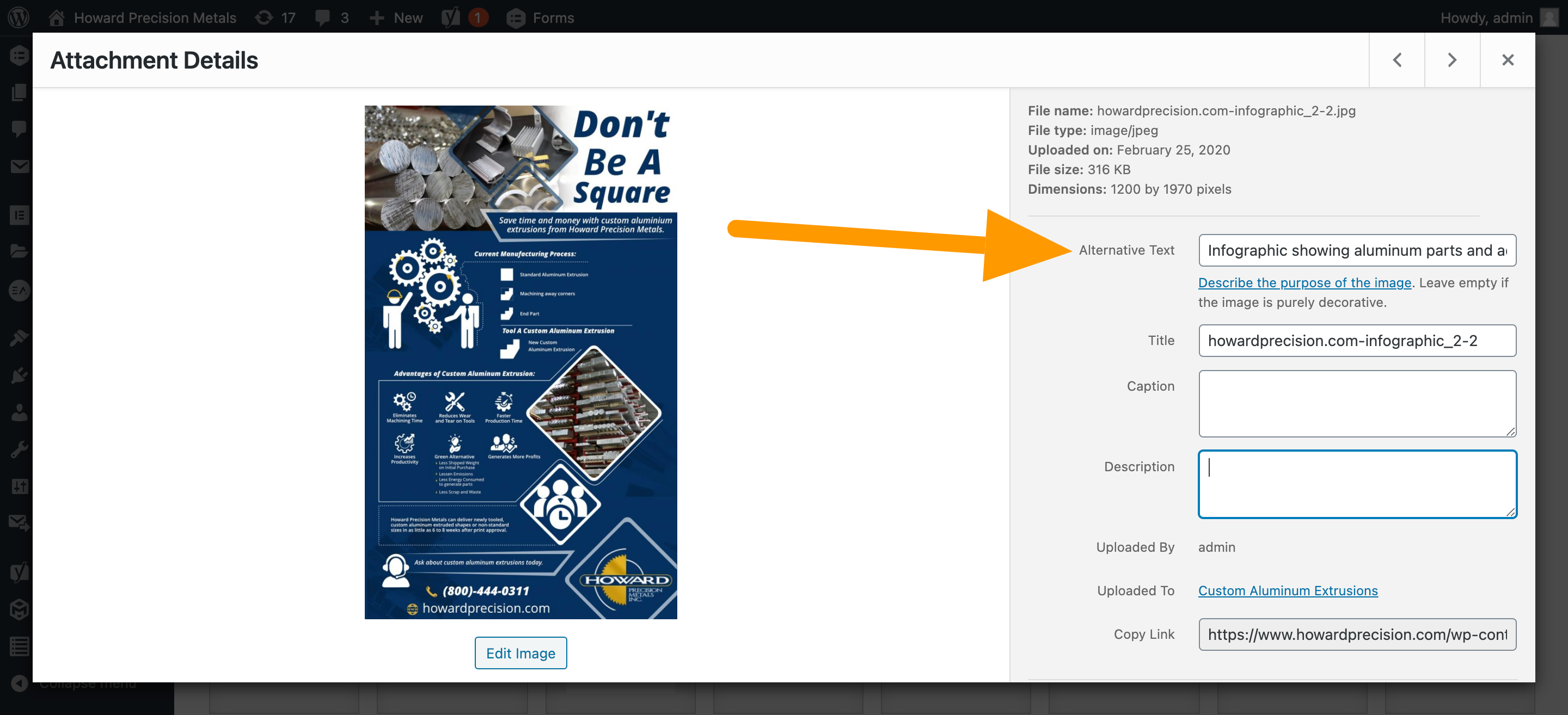5 Quick Ways To Write Better Alt Text

Does alt text help SEO?
You may not think it’s important to improve alt text for images or even include it at all, but it’s actually a crucial part of an effective SEO strategy. Many website owners and marketers take it for granted. Failing to improve alt text is a mistake that gives competitors more opportunities to gain an edge in rankings.
An image’s alt text is an HTML attribute of around 100 characters assigned that describes what the image is all about. Although users do not always see it, alt text can help search engine crawlers and other screen reading tools to understand the function of these images. People who are visually impaired rely on the alt text of images to give them additional details.
Not only is it essential for crawlers and screen readers, but driving traffic by way of Google Images is now a trend — image searches make up 20.45% of all searches made online. Additionally, alt text for images will show up in place of a photo that fails to load. The given description will provide viewers with an idea of the content on a page.

This image is missing alt text, it's an opportunity missed.

Here we go.
As you can see, alt text is good for SEO and even improves some users’ experience. With that said, here are five quick tips on how you can improve your alt text for images.
1. Describe the Image Specifically
The alt text is intended to provide text descriptions of images to users who cannot see them. If an image does not have any value or meaning and is simply there for aesthetic purposes, it should be within the CSS and not in the HTML coding.
2. Incorporate Your Keywords
The ability to provide alt text gives users yet another opportunity to insert the target keyword for a page. Doing so gives search engines an additional signal informing them that the page is relevant to a particular user search query.
Although the main priority should be to describe and provide context regarding the image, it is best to include the keyword in the alt text whenever you can, so long as it makes sense.
3. Avoid Keyword Stuffing
Although Google does not penalize for poorly written alt text, the search engine will penalize you if it is stuffed with as many keywords as possible.
To improve alt text, webmasters should prioritize writing descriptive text that provides context to the images with the target keyword included.
4. Keep It Short
Most screen readers begin cutting off alt text once they reach around 125 characters. It is best to keep alt text descriptions to this character count or less.
5. Consider Form Buttons
Buttons on a website that use images should also have alt attributes. These buttons should incorporate an alt attribute describing their functions such as “sign up,” “search,” or “apply now.”
Conclusion
Webmasters should improve alt text as it is essential in search engine optimization. Although it may not be the core focus in an SEO strategy, it is one of those minor yet critical elements that webmasters should not ignore.